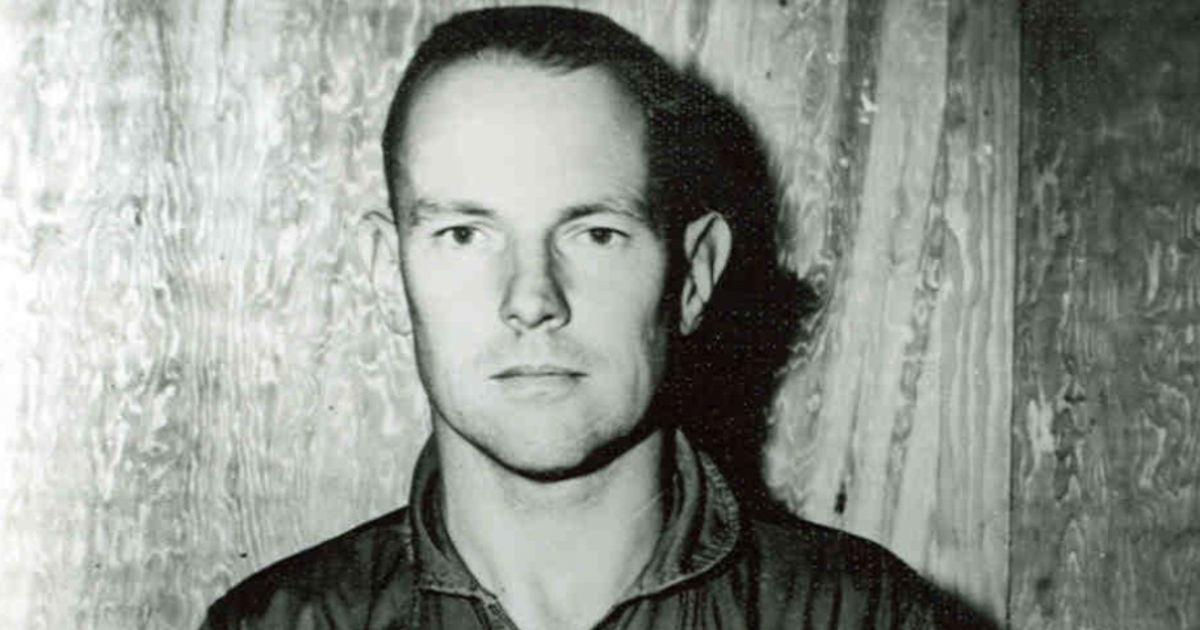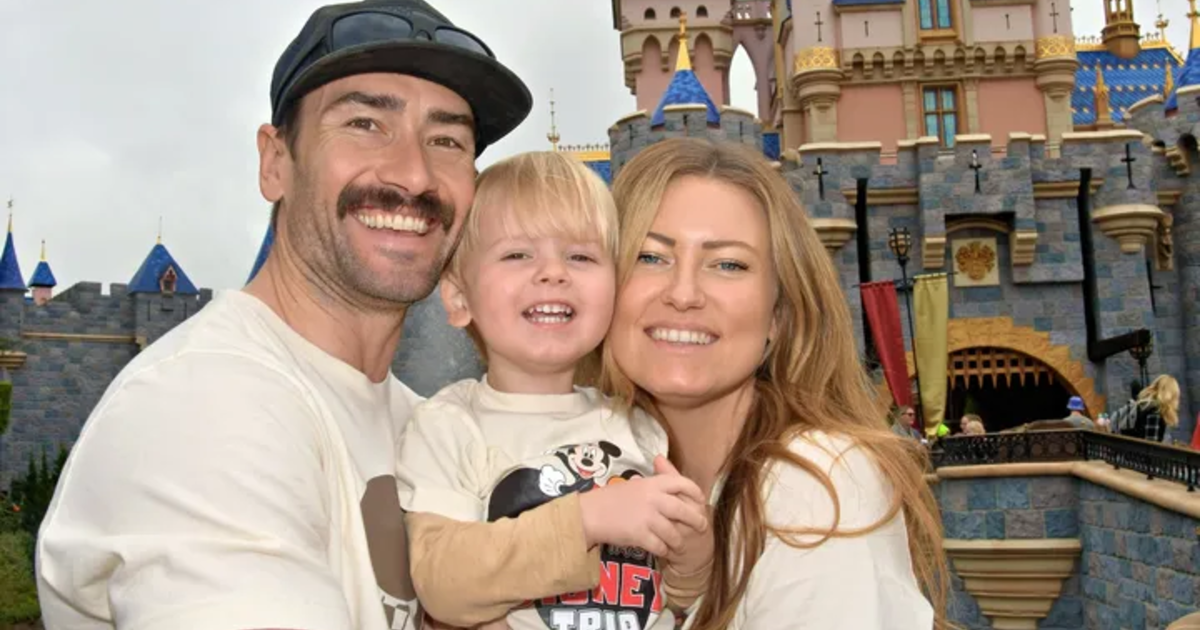Jawbone of U.S. Marine killed in 1951 found in boy's rock collection, experts say
Experts have confirmed that a human jawbone that was mysteriously discovered in a child's rock collection once belonged to a United States Marine, who died during his military service over 70 years ago. The identification was made thanks to the work by a group of college students and a high school intern who may be the youngest person to help solve a genetic genealogy case.
U.S. Marine Corps Captain Everett Leland Yager was killed in a military training exercise in July 1951, according to a news release issued this week by Ramapo College, the New Jersey institution where students performed tests on the jawbone and eventually linked it back to him. A separate statement from the college's Investigative Genetic Genealogy Center noted that the military exercise involved an airplane accident, although it did not provide more details than that.
The accident that left Yager dead happened over California, and experts said his remains were recovered afterward in the state's Riverside County and buried in Palmyra, Missouri. It was assumed at the time that all of the remains were recovered and buried. But, decades later, in 2002, a human jawbone containing several teeth was submitted to local law enforcement in northern Arizona, where a boy's parents believed their child had picked up the bone before mistakenly adding it to his rock collection.
The Yavapai County Sheriff's Office conducted basic DNA testing on the bone, officials said, although the initial tests did not yield any clues as to whom the remains may have belonged. Because there were no samples in government databases that matched the bone, their investigation into the remains tagged "Rock Collection John Doe" entered a hiatus that would last another 20 years or so.
Sheriff's investigators and the Yavapai County Medical Examiner referred the unsolved case to the genetic genealogy center at Ramapo College in January 2023. With help from a Texas laboratory specializing in missing and unidentified people and a forensics lab in Utah, the jawbone was given a genetic profile that could then be added to genealogy databases online.
In July of that year, students participating in a bootcamp at the college, which focused on investigative genetic genealogy, were given the chance to work the case as part of their course. Along with an intern at the center who was still in high school, the group of college students developed a lead and sent their findings back to the sheriff's office in Arizona. Finally, this past March, testing on a DNA sample from Yager's daughter was compared with the sample from jawbone, confirming the former Marine's identity.
"No one is quite sure how the jawbone ended up in Arizona since the accident took place in the air over California. One theory is that a scavenger, such as a bird, picked it up and eventually deposited it during its travels over Arizona," Ramapo College officials said in this week's news release.
The intern who assisted last summer's student cohort, Ethan Schwartz, may be the youngest person to help resolve an investigative genetic genealogy case, according to the release.




